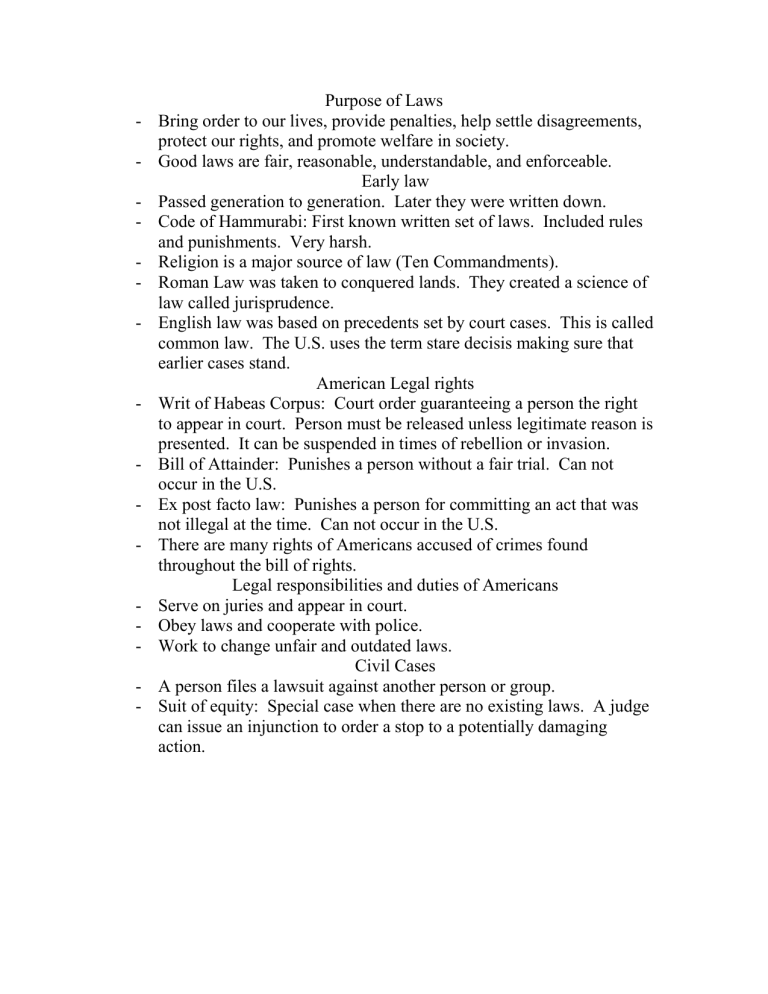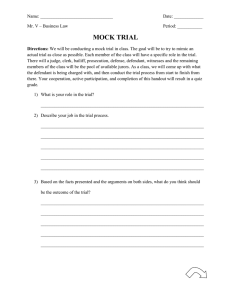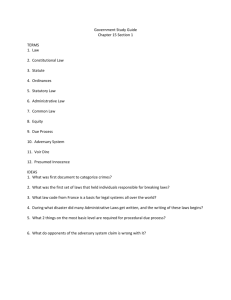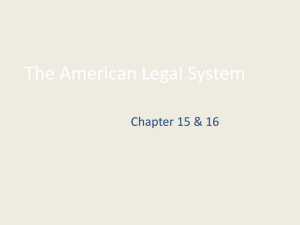Purpose of Laws protect our rights, and promote welfare in society.

Purpose of Laws
Bring order to our lives, provide penalties, help settle disagreements, protect our rights, and promote welfare in society.
Good laws are fair, reasonable, understandable, and enforceable.
Early law
Passed generation to generation. Later they were written down.
Code of Hammurabi: First known written set of laws. Included rules and punishments. Very harsh.
Religion is a major source of law (Ten Commandments).
Roman Law was taken to conquered lands. They created a science of law called jurisprudence.
English law was based on precedents set by court cases. This is called common law. The U.S. uses the term stare decisis making sure that earlier cases stand.
American Legal rights
Writ of Habeas Corpus: Court order guaranteeing a person the right to appear in court. Person must be released unless legitimate reason is presented. It can be suspended in times of rebellion or invasion.
Bill of Attainder: Punishes a person without a fair trial. Can not occur in the U.S.
Ex post facto law: Punishes a person for committing an act that was not illegal at the time. Can not occur in the U.S.
There are many rights of Americans accused of crimes found throughout the bill of rights.
Legal responsibilities and duties of Americans
Serve on juries and appear in court.
Obey laws and cooperate with police.
Work to change unfair and outdated laws.
Civil Cases
A person files a lawsuit against another person or group.
Suit of equity: Special case when there are no existing laws. A judge can issue an injunction to order a stop to a potentially damaging action.
Civil case procedure
The plaintiff files a complaint against the defendant.
A summons is sent to the defendant informing them of the suit and ordering them to appear in court.
The defendant can respond to the complaint by admitting fault or denying the charges. These are called pleadings.
Pre-trial discussions often occur to decide if the case should be brought to court.
Both sides present their cases and await a verdict. If the plaintiff wins, a judge sets a remedy.
Both sides have the right to appeal the decision.
Most civil cases are settled out of court.
Criminal cases
The prosecution is the side charging another with a crime. The defendant is being charged,
Crimes differ from state to state and can be found in the state’s penal code.
Crimes are divided into two categories: Misdemeanors are minor crimes and felonies are major crimes.
Crimes against people: A violent act were a person is harmed.
Crimes against property: Taking liberties with the property of another.
Victimless crimes: No true victim involved.
Penalties
Four functions: Punishment, protect society, make examples, and rehabilitation.
Some prisoners are eligible for parole after serving part of their sentence.
Indeterminate sentence: Judge sets a minimum and maximum sentence.
Determinate sentence: Judge sets a specific sentence.
Mandatory sentence: Judge sets a sentence in accordance with state laws.
Criminal case procedure
Arrest suspect: Read rights and the suspect is booked for the crime.
Preliminary hearing: Judge hears charges and sets bail.
Indictment: A grand jury decides if there is enough evidence for trial.
Arraignment: The defendant enters a plea to the crimes. Trial date is set.
Plea bargain: A defendant agrees to plead guilty to a lesser crime.
Trial
Both sides gather evidence and question witnesses.
A jury is selected.
Prosecution makes opening statement. Defense makes opening statement.
Prosecution calls witnesses for testimony. Defense will crossexamine. Prosecution will then rest.
Defense calls witnesses for testimony. Prosecution will crossexamine. Defense will then rest.
Both sides make closing statements.
Jury decision
The jury will deliberate. They must decide guilt “beyond a reasonable doubt”.
Acquittal: The jury decides not guilty. Defendant is released.
Guilty: If the jury decides a person is guilty, the judge will then set a date for sentencing.
Hung jury: A jury cannot make a decision. This is a mistrial.
Juveniles
Anyone under a set age limit.
Juvenile delinquent: A young person that breaks the law.
The goal is to keep juveniles from breaking laws as adults.
The goal is rehabilitation.
Juvenile Courts
Neglect cases: Children who are neglected or abused by caregivers.
Delinquent cases: Children who commit crimes.
At a delinquent court appearance, the child, parents, arresting officer, probation officer, lawyer, and judge meet.
No jury trial. The judge decides delinquent or non-delinquent.
Rights and protections
Parents must be notified of arrest. Charges must be written down.
Juveniles are not fingerprinted or photographed.
Right to confront witnesses.
Identity is kept secret. Records can be erased as adults.
Right to remain silent and have an attorney.
Most of these protections were established by the Supreme Court
(In re Gault case).
Punishment
Lectured, placed in special schools, or probation.
Ward of the court: Court may become guardian.
Sometimes tried as adults.




